Choose your municipality
There are several municipalities connected with The Green Menu, check whether your municipality is participating or choose for the national page.
Choose you menu card
There are several different menu cards. Choose a buildingtype down below and instantly start with the sustainable options!

Saving energy easily starts with your lamps. A large part of the total electricity consumption in a museum is from lighting. By replacing incandescent lights with LED lights, you can achieve considerable savings. LED lamps are already available in many types, sizes and colours. Dimmable types are available and they do not have a start-up time like energy-saving lights.
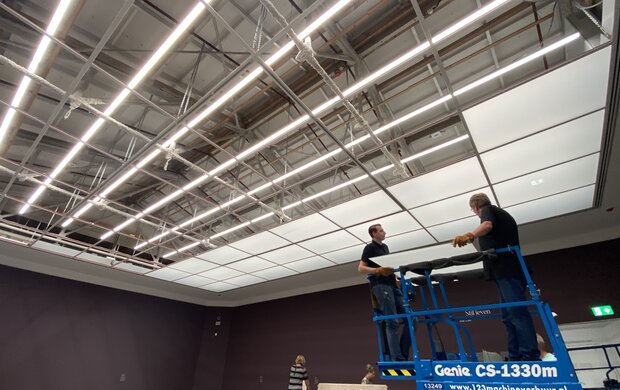
An LED lamp consumes 80% less power and lasts 25 times longer than an incandescent lamp. At 4 hours of operation per day, LED lamps will last 15 years. Replacing a 40W incandescent lamp with a 10W LED lamp saves around 10 euros per year (at 4 hours of operation per day). LED lamps come in all sorts of shades, shapes and sizes.
An LED lamp consumes 80% less power and lasts 25 times longer than an incandescent lamp. At 4 hours of operation per day, LED lamps will last 15 years. Replacing a 40W incandescent lamp with a 10W LED lamp saves around 10 euros per year (at 4 hours of operation per day). LED lamps come in all sorts of shades, shapes and sizes.
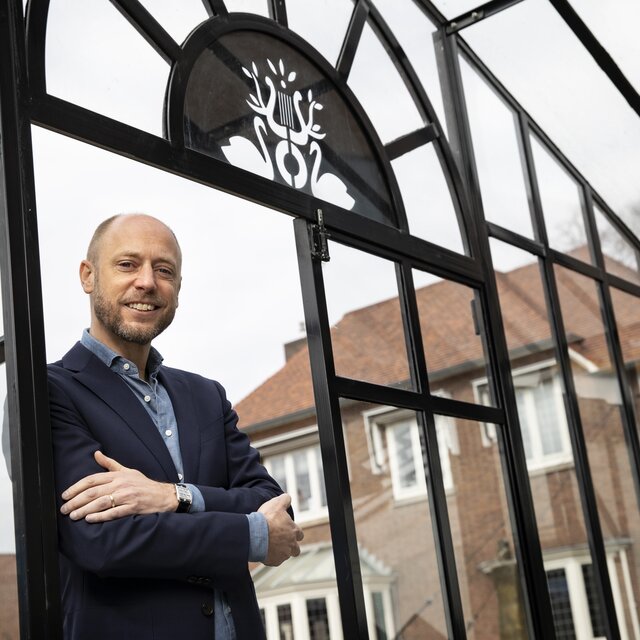
"Met TL-verlichting hadden we wel is lichtvlekken op de kunst omdat het daglicht te vel was. Dat is gevaarlijk voor de kunst: zo krijg je te veel lux op je kunstwaarden. Met LED-verlichting is dat probleem nu verholpen”
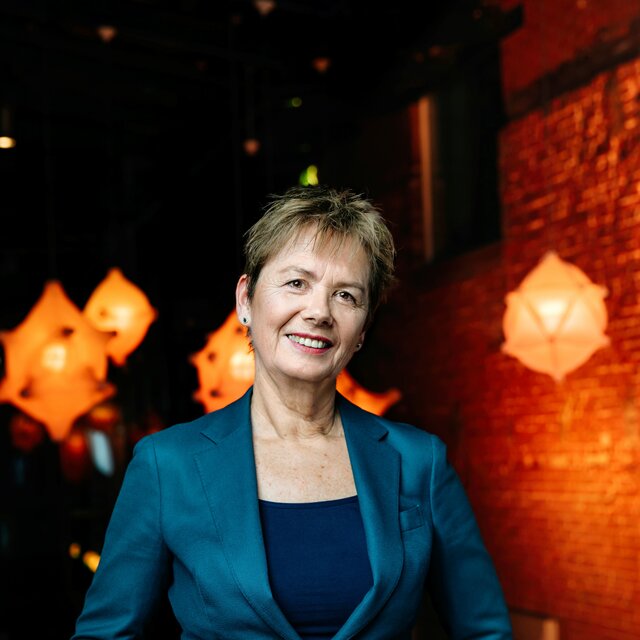

“Aan het begin waren de lichttechnici er heel huiverig voor. Het liet zich eerst nog niet zo mooi uitlichten. Maar de ontwikkeling in de lampenindustrie is enorm snel gegaan. Elk jaar werden ze beter. Ze zijn nu zelfs zo goed dat ze het professionele licht kunnen evenaren!”
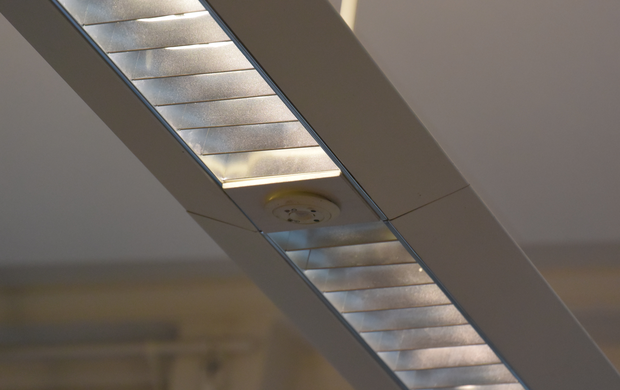
We all leave the lights on from time to time. This unnoticed uses a lot of energy. By combining motion sensors with LED lamps, you reduce the energy consumption for your lighting. The motion sensors pick up the changes in heat radiation. The light only switches on when someone enters a room. In this way you prevent waste of energy. Sensors can also measure daylight incidence and adjust (dim) the lighting accordingly, thus saving energy. By using a common communication protocol (e.g. Dali), different lighting products and systems can be merged and accommodated in the building management system. For example, lighting can be centrally controlled based on time switches, sensors and manual operation.
We all leave the lights on from time to time. This unnoticed uses a lot of energy. By combining motion sensors with LED lamps, you reduce the energy consumption for your lighting. The motion sensors pick up the changes in heat radiation. The light only switches on when someone enters a room. In this way you prevent waste of energy. Sensors can also measure daylight incidence and adjust (dim) the lighting accordingly, thus saving energy. By using a common communication protocol (e.g. Dali), different lighting products and systems can be merged and accommodated in the building management system. For example, lighting can be centrally controlled based on time switches, sensors and manual operation.
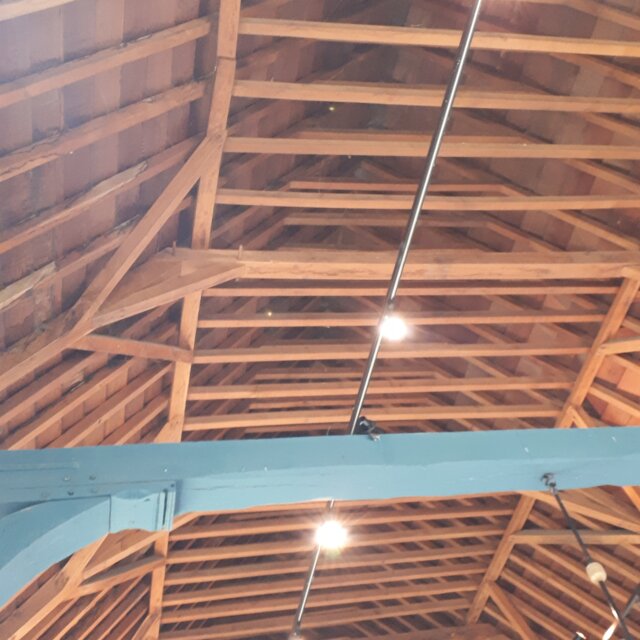
In a large building it can be difficult to check whether all lighting, music systems etc. are actually switched off. Therefore, use a central on/off switch where everything is switched on or off with one button, so that no devices are accidentally left on or in standby.